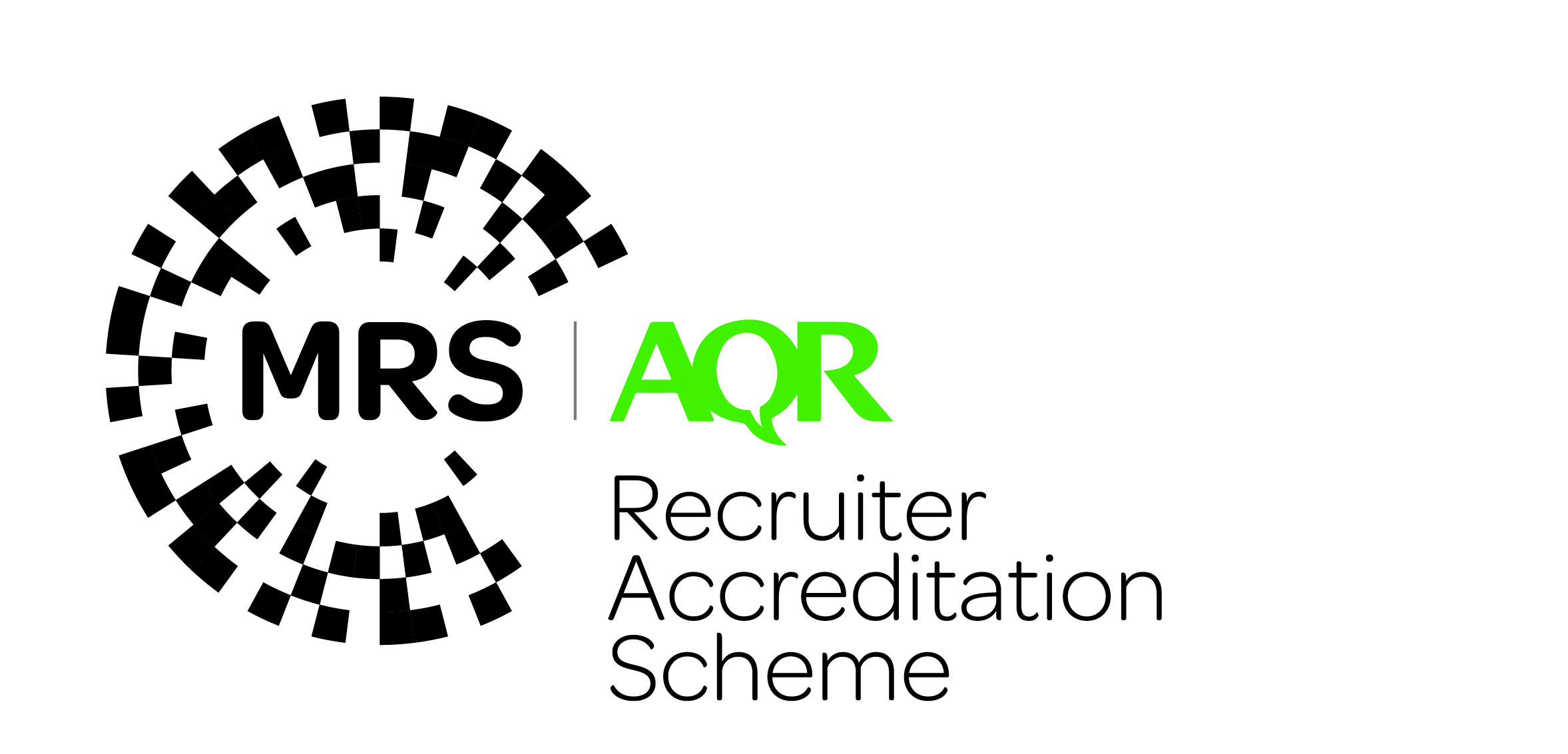All MRS websites use cookies to help us improve our services. Any data collected is anonymised. If you continue using this site without accepting cookies you may experience some performance issues. Read about our cookies here.
To enlarge video please either pause the video and then press the F key on your keyboard or select full screen button option located on the bottom right of the video.
You are currently not logged in. Any progress made will be lost.
The Difference between Qualitative and Quantitative Research
In this module we are concentrating on qualitative research rather than quantitative research. However, you will frequently hear the two terms so it is important to understand the differences between the two and how they interlink. Sometimes projects will have both qualitative and quantitative stages. The two types of research are commonly called “Qual” and “Quant” by people in the sector. Research or fieldwork agencies may specialise in qualitative research or quantitative research, or they may have both qualitative and quantitative departments.
Qualitative research
Qualitative research is distinctive from quantitative research as it typically involves small numbers of participants and focuses on gaining in-depth understanding about participants’ motivations, attitudes, desires and aspirations through spending time with them in face-to-face, telephone or online environments. Online qualitative research (sometimes called digital qualitative) could take the form of a forum, blog or using an app that has specifically been built for the purposes of the research.
In qualitative research individuals or groups of people (referred to as participants) are interviewed or engaged online, on the telephone or via mobile technologies, to generate in-depth data and insight which helps researchers and their clients answer questions about “what”, “why”, “where” and “how” in relation to their products, brands, communications or services.
Quantitative research
Quantitative research is usually used to address the questions “how many”, “how much”, or “how often”. It uses data from larger numbers of people than qualitative research and is based upon statistical principles. It uses measurable data to formulate facts and uncover patterns. Data can be collected through, for example, opinion polls, questionnaires or surveys and this can be undertaken using interviewers (such as face to face or by telephone CATI). Other examples of quantitative approaches are: hall tests where people are asked to try a new product and answer some pre-set questions;- exit interviews at venues such as cinemas, museums or supermarkets where people are asked questions about their experience;- and sending a new product by post and asking people to test it and record their experiences through an online link. The numbers of people involved in these kinds of quantitative projects can be several thousands.


